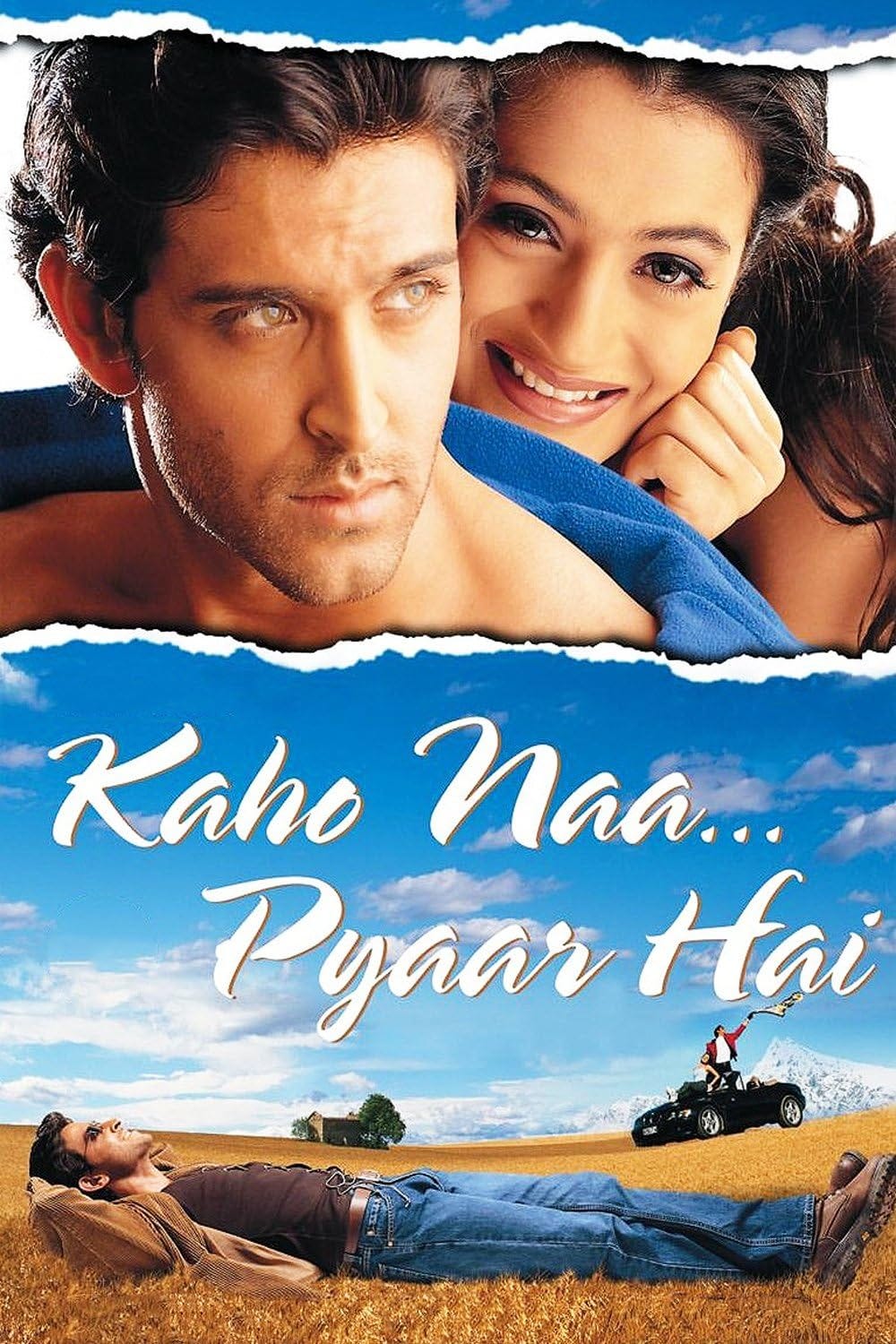This still is from Kunwara Baap (1974). That loosely translates to “single father”, and the film involves Mehmood’s character raising a child he found on some temple steps (as one does). This sequence, around the 1:13 hour mark was shot in my school. As Mehmood rightly (and loudly) points out in the scene, this was a posh joint, and the student body was generally well-monied, especially back then.
For me, the contrast couldn’t have been greater between home and school. In the bylanes of Chickpet, the common language was a mix of Hindi, Kannada, Marwari, Sindhi, Gujarati, Tamil, and even some Telugu. This was a densely packed neighbourhood, with the main roads containing mostly commercial establishments, and tiny bylanes stuffed to the gills with comically proportioned residential buildings. Fire safety was a joke.
Back then, speaking English here would immediately mark you out as an outsider.
In school, on the other hand, only English was ever spoken. It was the medium of instruction, of course. And in what was quite a linguistically diverse crowd, it served as common ground. But even among folks who I knew spoke Hindi at home, in-school conversations only happened in English.
We were the premier school of the city, after all. Founded in 1865, located in the most upscale part of Bangalore, Bishop Cotton Boys’ School boasted multiple playgrounds, excellent infrastructure and (arguably) the best education money could buy. The prestige attracted amazing teachers, and that created the virtuous cycle of better outcomes for students. Speaking for my batch at least, we owe a lot to our alma mater.
And yet, I was stuck between these two worlds.
Without knowing it, I was code switching constantly – watching old and new Hindi movies at home, knowing all the latest Bollywood songs, and somehow never bringing it up at school. There I was only into Nirvana and Metallica. Of course, in time I came to appreciate and love Rock music, and it even makes me appropriately nostalgic now. But there was dissonance in these two halves, and how I could never carry experiences and cultural references from one to the other.
In later conversations with friends, I realised that unlike me most of them didn’t carry this chip on their shoulder. They were comfortable, even then, to speak in the vernacular, discuss the blockbuster they saw over the weekend, and generally be comfortable with their cultural identity. As one of the earliest emissaries from my neighbourhood, I’m sorry to confess, I felt like quite the imposter. I was constantly terrified of mispronouncing a word or doing something embarrassing that would out me.
But all that changed in December of 1999. Because this album dropped:
Kaho Na Pyaar Hai, and Hritik Roshan, immediately captured the zeitgeist. Across the nation, but also in my bastion of blazers and primness. Instantly, everyone was talking about it. And about him. Hritik didn’t have SRK’s magnetic charm, or ease with the ladies. His wasn’t a macho physicality like Sunny Deol’s. He was just good looking, fit and self-effacing. No wonder we gravitated towards him.
I’ll never forget what happened one cold winter morning. I got to school and saw a crowd outside the gate. Everyone was jostling around a footpath vendor. This was unusual enough – Cottonians never jostled. Besides, the street food vendors only did strong business after school. What was everyone buying at 8 AM?
I kid you not, the man was selling postcards and small posters, all with a single theme – Kaho Na Pyaar Hai. There were stills from the movie and what seemed to be pictures from the publicity shoot. The film involves Hritik in a double role – the boy next door ‘Rohit’ and the urbane, polished ‘Raj’. Merchandise featuring the ‘Raj’ character was gone instantly. Stragglers settled for ‘Rohit’ merch, and the last wave, swept up in FOMO, even bought some Amisha Patel postcards.1
But anyway, the postcards were all anyone talked about that week. An exchange economy formed, and trading happened all over school. I’m certain this led to occasional arguments, if not outright fights. Naturally, school management banned the merch, and the fad itself mellowed out with time.
But for a brief shining moment, Bollywood was cool in my school. The bastion had been breached. By the time Dil Chahta Hai came out next year, it was OK to be an Aamir Khan fan, or to copy Saif Ali Khan’s deadpan delivery.
For my part, I leaned into my fanboying. My bedroom door had a gigantic Hritik poster, and I took dance lessons to learn the exact choreography of this most awesome song:
My story comes full circle, because this was sung by former Cottons alum, and Mehmood’s son, Lucky Ali. Fun fact: it was routine to see him chilling around campus, and he was very kind and courteous if one of us went up to him and asked for an autograph (Which I totally did).
I’ll leave on one lingering bombshell: I danced to Ek Pal Ka Jeena during my birthday party that year. I was clumsy, and not very good. Sadly, dance is not one of my many talents. But for a few fleeting moments, I was transported to that smoky New Zealand nightclub2, and I, too, was a chiselled Greek God.
Can we just take a moment and commend the vendor and the ecosystem that saw this latent demand, knew exactly where to pitch tent, and capture the opportunity so perfectly?
Club Indiana, for us purists.







So personal, yet so relatable! I also grew up in Bangalore at around the same time. I moved to Kumarans from PTA and had the same insecurities!
Enjoyed reading this. You dancing to ‘ek pal ka jeena’ was the plot twist I didn’t expect! Gotta see it to believe it xD